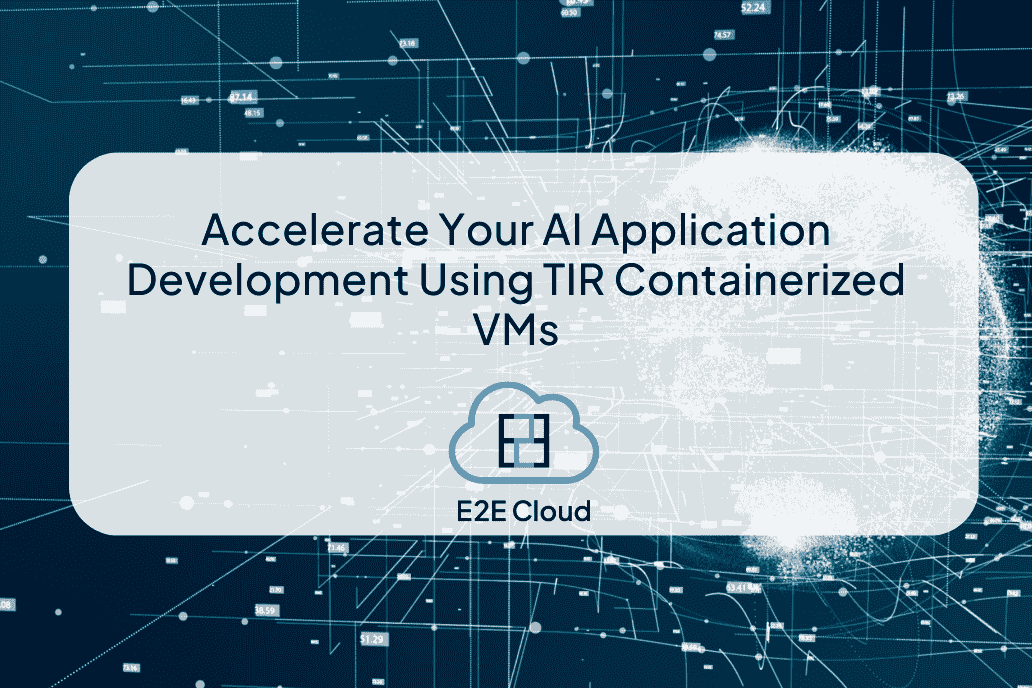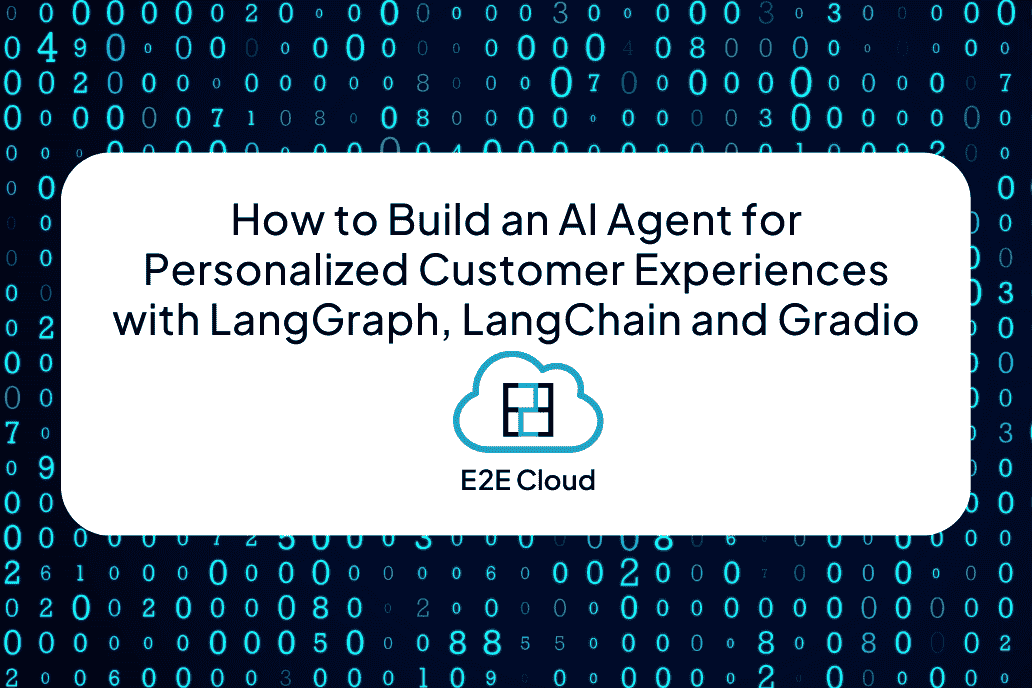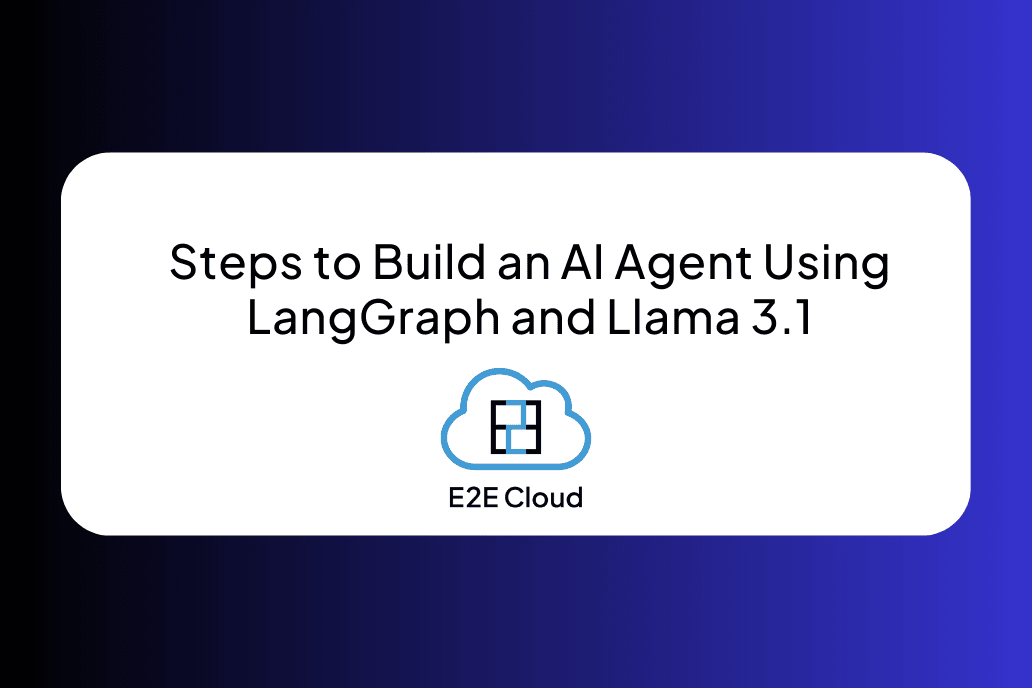Introduction
Generative AI has revolutionized multiple industries by autonomously generating content, designs, and solutions. Data leaders recognize that integrating generative AI into organizational workflows holds the potential to substantially elevate productivity, spur innovation, and drive efficiency. However, achieving successful implementation demands a strategic and deliberate approach. In this article, we delineate seven fundamental steps pivotal for data leaders seeking to seamlessly scale generative AI within their organizations.
Firstly, comprehension of the core principles and techniques of generative AI is essential. Data leaders need a solid grasp of the fundamentals, allowing them to make informed decisions throughout the scaling process. Secondly, defining clear objectives and identifying relevant use cases is critical. Collaborating with stakeholders and pinpointing specific use cases like content creation or product design lays the groundwork for tailored generative AI solutions. Building a skilled, interdisciplinary team constitutes the third step. This team, comprising data scientists, machine learning engineers, domain experts, and project managers, collaborates to ensure the effective integration and application of generative AI. The fourth step involves meticulous data preparation and quality assurance to ensure the robustness and accuracy of generative AI models. Subsequently, choosing and customising appropriate generative AI models that align with organisational objectives is paramount. Ethical considerations and compliance measures constitute the sixth step, ensuring responsible and compliant integration of generative AI. Lastly, continuous monitoring, evaluation, and iteration complete the process, enabling data leaders to refine and optimize generative AI implementation continually. Through these steps, data leaders can unlock the potential of generative AI, fostering innovation and efficiency across organizational functions.
Step 1: Understanding Generative AI Fundamentals
Before embarking on the journey of implementing generative AI within an organization, it is imperative for data leaders to establish a comprehensive understanding of the fundamental principles that underlie generative artificial intelligence (AI). Generative AI is a branch of AI that focuses on training models to autonomously produce new data based on patterns and insights derived from existing datasets. This process involves utilizing algorithms and techniques that allow machines to understand and replicate the underlying structures and characteristics present in the provided data.
A fundamental aspect of generative AI involves the utilization of machine learning algorithms to create models capable of generating data that is consistent with the patterns observed in the original dataset. This training process enables the AI model to generate new content, be it in the form of images, text, audio, or other data types, resembling the patterns it has learned. By becoming proficient in the principles, methodologies, and potential applications of generative AI, data leaders can make informed and strategic decisions that guide the successful integration and scaling of generative AI technologies within their organizations. This understanding lays the groundwork for a fruitful and effective implementation process, enabling the organization to harness the true potential of generative AI.
Step 2: Establishing Clear Objectives and Use Cases
In the quest to scale generative AI effectively within an organization, establishing clear objectives and identifying relevant use cases hold paramount importance. Data leaders must diligently engage with a diverse array of stakeholders to gain comprehensive insights into the organization's specific needs and overarching goals. By fostering a deep understanding of the organizational landscape, including its strengths, weaknesses, opportunities, and threats, data leaders can align generative AI implementation with the broader strategic vision.
One crucial facet of this step involves collaboratively identifying and defining precise use cases for generative AI within the organization. These use cases could span a spectrum of applications, ranging from content creation to product design or enhancing customer engagement. By pinpointing these specific areas where generative AI can add value, data leaders pave the way for tailored solutions that cater to the unique requirements of the organization. Understanding the nuances of each use case allows for the customization and optimization of generative AI technologies to meet the targeted objectives.
Step 3: Building a Skilled Team
Building a proficient and versatile team is an essential pillar for the successful implementation of generative AI. Data leaders play a pivotal role in orchestrating this process, ensuring that the assembled team possesses the precise skill sets required for effective integration. A dynamic and interdisciplinary team must comprise individuals with diverse expertise, including data scientists, machine learning engineers, domain experts, and project managers.
Data scientists contribute their analytical and modelling skills to comprehend the intricacies of generative AI algorithms and optimize their performance. Machine learning engineers bring a depth of knowledge in implementing these algorithms in practical applications. Domain experts infuse their contextual understanding and industry-specific insights to align generative AI with organizational goals effectively. Concurrently, project managers are instrumental in coordinating efforts, setting timelines, and ensuring a streamlined collaboration amongst team members.
Step 4: Data Preparation and Quality Assurance
Data preparation and quality assurance constitute a crucial step in the successful implementation of generative AI. High-quality data forms the foundation upon which effective generative AI models are built. Data leaders bear the responsibility of meticulously curating and preparing datasets that align with the intended applications. These datasets should not only be relevant and diverse but also representative of the real-world scenarios the generative AI models will encounter. In addition to the careful selection of data, data preprocessing is essential.
Data leaders must employ robust preprocessing techniques to clean, normalize, and structure the data, ensuring its suitability for training the AI models. This process includes handling missing values, removing duplicates, and converting data into formats suitable for analysis. Quality assurance further enhances the accuracy and reliability of generative AI models. It involves implementing rigorous protocols to validate the quality of the prepared data, identifying and rectifying errors or inconsistencies.
Step 5: Selecting and Customizing Generative AI Models
Choosing appropriate generative AI models is a critical step in the scaling process. Data leaders should evaluate available models based on factors like performance, scalability, and compatibility with the intended use cases. Additionally, customization of models to align with organizational requirements is crucial to optimize outcomes and achieve desired results.
Step 6: Implementing Ethical Considerations and Compliance Measures
Integrating generative AI responsibly involves considering ethical implications and ensuring compliance with relevant regulations. Data leaders should establish clear ethical guidelines for AI usage, addressing aspects like privacy, bias, and transparency. Furthermore, compliance with data protection laws and industry standards is essential to maintain trust and credibility.
Step 7: Monitoring, Evaluating, and Iterating
Continuous monitoring, evaluation, and iteration are fundamental steps in scaling generative AI effectively. Data leaders should establish a feedback loop to gather insights into model performance, user satisfaction, and alignment with organizational objectives. Based on the feedback, necessary adjustments and improvements should be made to enhance the generative AI implementation continually.
Algorithms for Generative AI
Implementing generative AI involves utilizing various algorithmic techniques to create models that can autonomously generate data. Here are some commonly used algorithmic techniques for generative AI:
- Variational Autoencoders (VAEs): VAEs are probabilistic generative models that learn a probabilistic mapping between the input data and a latent variable space. They generate new data by sampling from this latent space and decoding it back into the data space.
- Generative Adversarial Networks (GANs): GANs consist of two neural networks, a generator and a discriminator, which compete against each other during training. The generator aims to create data that is indistinguishable from real data, while the discriminator tries to differentiate between real and generated data. Over time, this competition results in the generator creating increasingly realistic data.
- Recurrent Neural Networks (RNNs): RNNs are often used for sequential data generation, such as text or music. By utilizing a sequence-to-sequence approach, RNNs can generate new sequences of data based on the patterns learned from the training data.
- Long Short-Term Memory (LSTM): LSTM is a type of RNN that is particularly effective in capturing long-term dependencies in sequential data. It is widely used in generating sequences where understanding context over long distances is crucial.
- Transformer Networks: Transformer networks, with their attention mechanisms, are powerful for various generative tasks, especially in natural language processing. Models like GPT (Generative Pre-trained Transformer) have demonstrated exceptional performance in generating coherent and contextually relevant text.
- Autoencoders: Autoencoders are neural networks trained to encode input data into a lower-dimensional latent space and then decode it back into the original data space. Variations like Denoising Autoencoders can be used for generative tasks.
- Boltzmann Machines: Boltzmann Machines are stochastic generative models that use energy-based probabilities to model the data. They consist of visible and hidden units and use stochastic updates to generate new data samples.
- Neural Ordinary Differential Equations (ODE-Nets): ODE-Nets provide a continuous-time approach to modelling generative processes. They can capture intricate dynamics and are used for tasks where data generation involves continuous processes.
These algorithmic techniques form the backbone of generative AI and are adapted and combined in various ways to suit specific use cases and domains, empowering data leaders to effectively scale generative AI within their organizations.
Conclusion
Scaling generative AI within an organization requires careful planning, collaboration, and strategic execution. Data leaders play a crucial role in this process by understanding the fundamentals of generative AI, setting clear objectives, building a skilled team, ensuring data quality, customizing models, addressing ethical considerations, and maintaining a feedback-driven approach. By following these seven essential steps, data leaders can unlock the full potential of generative AI and drive innovation and efficiency across various organizational functions.









